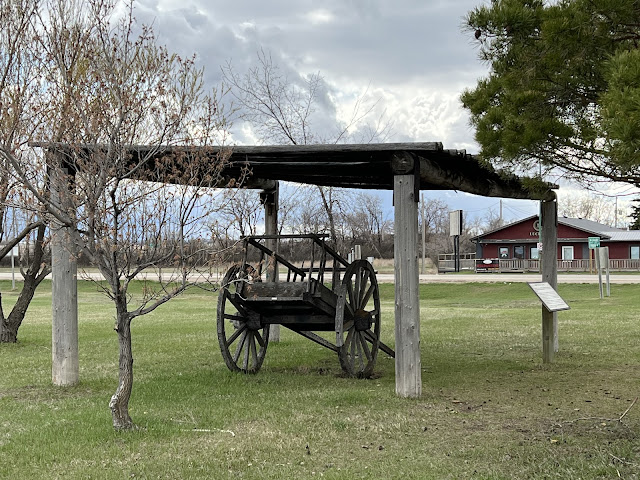Things To Do
Saskatchewan has been inhabited by indigenous peoples for thousands of years. The First Nations of Saskatchewan are Nêhiyawak (Plains Cree), Nahkawininiwak (Saulteaux), Nakota (Assiniboine), Dakota and Lakota (Sioux), and Denesuline (Dene/Chipewyan).
Europeans first explored this area of Canada in 1690 and then began settling the area in 1774. At first, Scandinavians, mostly Norwegians settled near Watrous and in the Birch Hills. There were also groups of settlers along the southern border from Estevan north to Weyburn.
The Saskatchewan landscape changed as the Dominion Lands Act/Homestead Act came into effect in 1872. While Saskatchewan would not become a province until 1905, settlers arrived during the mid- to late 1800s because of promises of land grants by the government.
The Dominion Lands Act of 1872 outlined the provisions for granting homesteads to settlers: free homesteads of 160 acres were offered to farmers who cleared ten acres and built a residence within three years of a registered intent to settle a specific land claim.
While the availability of land helped to entice settlers, the Dominion Lands Act also ensured that inhabitants would have no control over the land and other resources: the Dominion would hold this control until 1930, when the federal government transferred responsibility of land issues to the provinces.
Indian Head had its beginnings in 1882 as the first settlers, mainly of Scottish origin, pushed into the area in advance of the railroad, most traveling by ox-cart from Brandon.
When the Canadian Pacific Railway laid track through this area in 1882 the new settlement where the railway station was built needed a name. The townspeople wanted the name Indian Head Hills, and offered the First Nations people a camping ground near the town in exchange for the name.
Indian Head was incorporated as a town in 1902. It is in the heart of Saskatchewan's richest farming land and remains very prominent in the agricultural industry. As of 2016, it has a population of over 1900 people.
Indian Head is located in southeastern Saskatchewan, Canada, 69 km east of Regina on the Trans-Canada Highway.
You can see the large Indian Head statue from the highway. We pulled in to the town to stop at Tim Hortons on our way through. Once we grabbed our donuts and coffee, we drove over to stop and have a look at the statue and cart.
So if you are driving through this area and need a place to stop and stretch your legs, come visit the statue and cart. There is a gas station nearby and a Tim Hortons right next to it.
A person can only imagine what life must have been like for those early pioneers. Not only here, but everywhere. They helped shape what we have come to know and use in our every day lives. Something some of us take for granted. History must never be forgotten and our ancestors remembered always.
Barb & Richard Cecil







